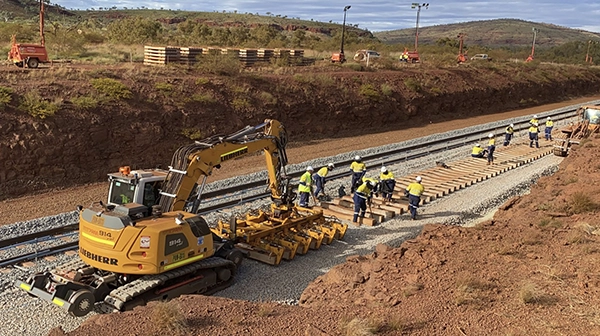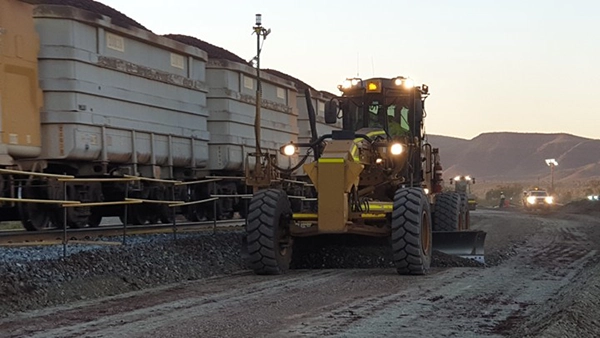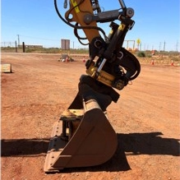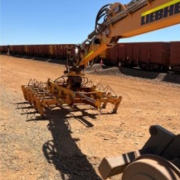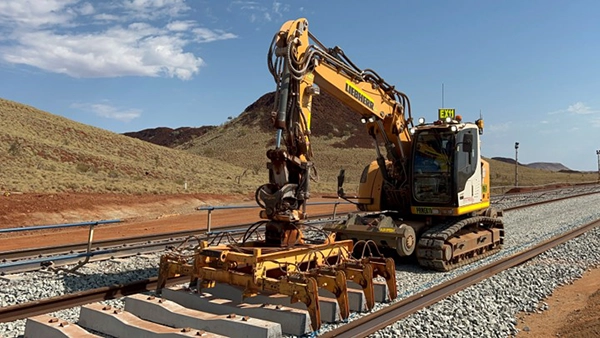Overview
For McDonald Surveys, safety was the top priority on the Pilbara Rail Project with Rio Tinto. The core challenge was to elevate worksite safety standards while maintaining project deadlines and operational accuracy. Leveraging the Trimble Earthworks system and a custom octopus excavator attachment, the team at McDonald Surveys successfully reduced worker-machine interactions, enhanced the precision of rail sleeper installation, and streamlined their operations across the rail project.
McDonald Surveys
McDonald Surveys is a multidisciplinary surveying and engineering firm specialising in digital engineering, 3D modelling, and maintenance support. With a strong focus on client collaboration and cutting-edge technology, the company delivers efficient, safe, and compliant project outcomes across Australia’s rail, road, and infrastructure sectors, consistently optimising project timelines.
Their service offerings include brownfield and greenfield surveying, rail design, machine control support, and shutdown planning all designed to enhance precision and efficiency in complex civil and rail operations.


